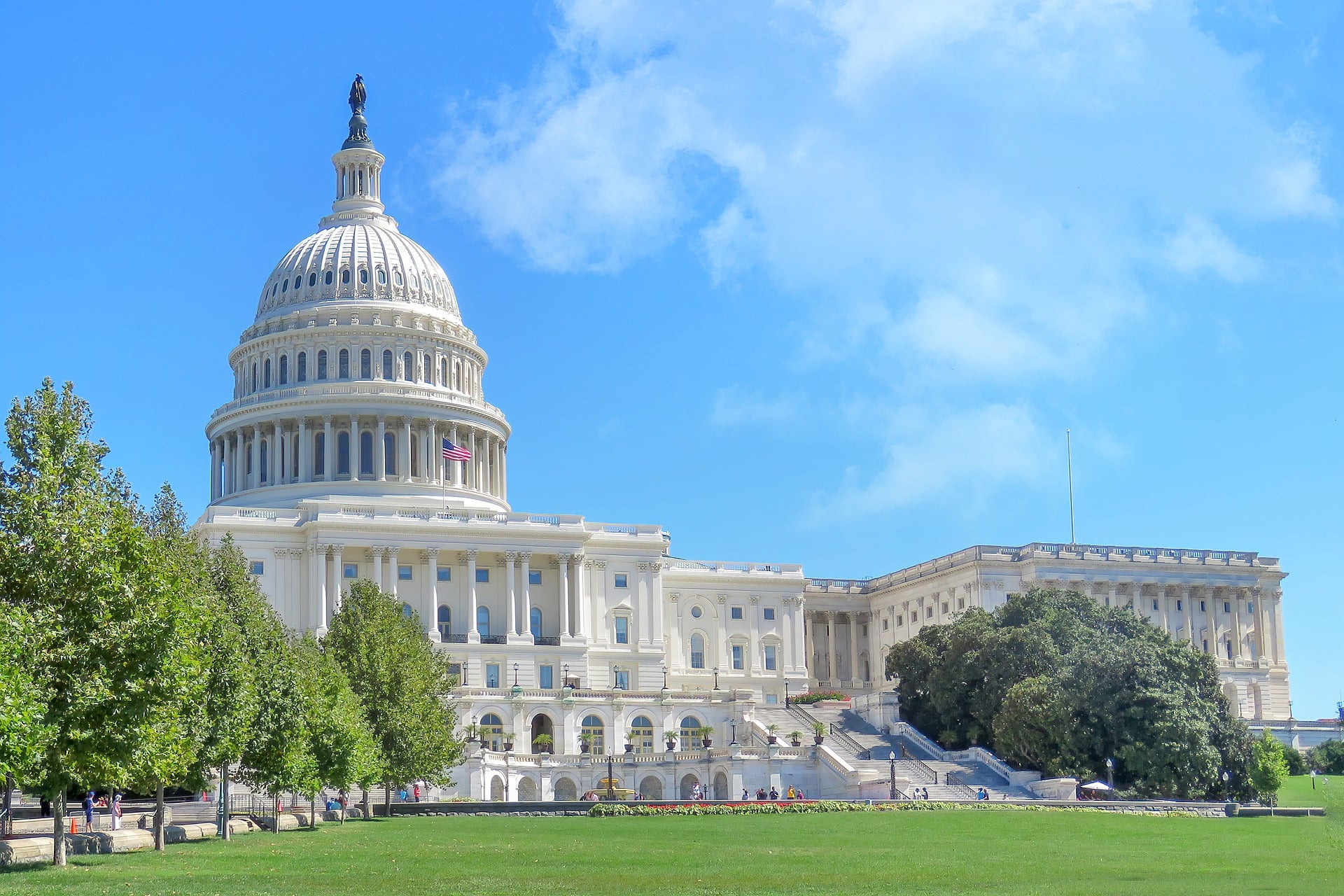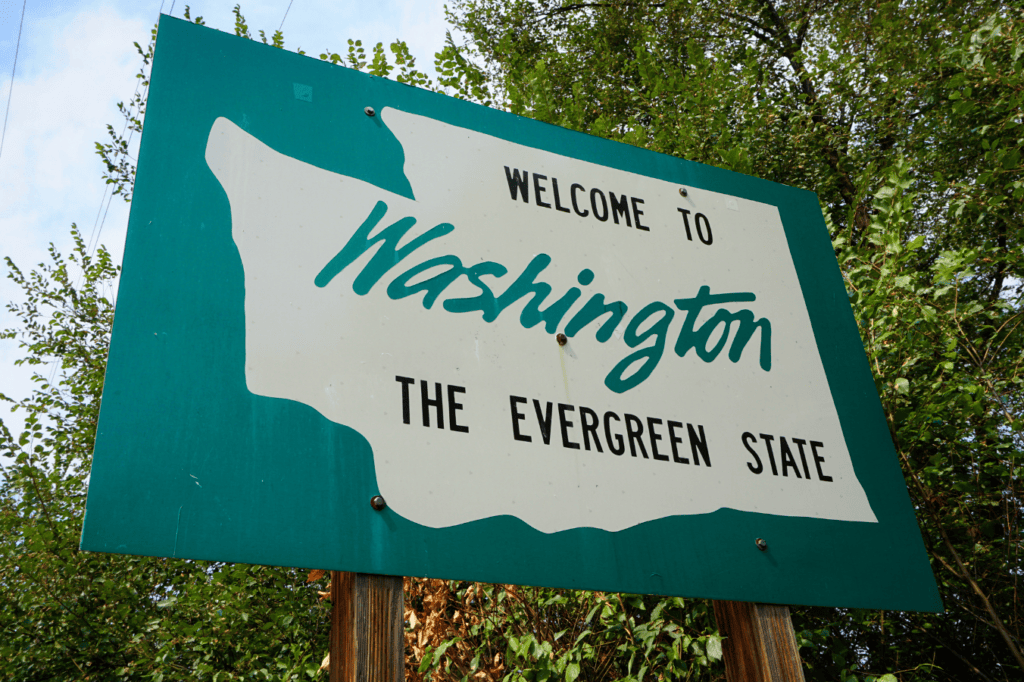Education Center / Leveraging the United State’s Federal Renewable Fuel Standard (RFS)
Blog
Category: Low Carbon Fuel Programs, Regulatory
Leveraging the United State’s Federal Renewable Fuel Standard (RFS)
RENEWABLE FUEL STANDARD: OVERVIEW
The United State’s Renewable Fuel Standard (RFS) is a national program that focuses on reducing the country’s dependence on foreign oil, achieving greenhouse gas reductions, and growing the nation’s renewable energy industry. It was created in 2005 under the Energy Policy Act, refined in 2007 as part of the Energy Independence and Security Act, and is still in effect today. The program’s success is contingent upon renewable fuels displacing a percentage of petroleum-based fuels used across the nation. Each year Congress establishes a required volume obligation (RVO) target that identifies the amount of renewable fuels that producers must bring to market.
Obligated parties (refiners or importers of gasoline or diesel fuel in the U.S.) must produce or purchase enough renewable fuels to satisfy their individual RVO. If they cannot do so, the obligated parties must purchase renewable identification number (RIN) credits from other renewable fuel producers. For this blog post, cellulosic biofuels will be the area of focus, given the growth in targets for renewable fuel and emission reductions necessary from this category. Read further to understand key RFS-related questions from fuel producers, energy developers, and fleets.
RENEWABLE FUEL STANDARD: FREQUENTLY ASKED QUESTIONS
What is Cellulosic Biofuel? Renewable fuel is produced from cellulose, hemicellulose, or lignin. The Environmental Protection Agency (EPA) has approved fuel pathways for renewable natural gas and renewable electricity under the cellulosic biofuel classification. Typical sources for these types of biofuels include biogas from landfills, wastewater treatment facilities, and agricultural digesters.
What is an RVO? Annually, the EPA specifies how much renewable fuel should be available for purchase in the following year, which is called the renewable volume obligation (RVO). This data influences how much renewable fuel production must happen to support market demand. In 2020, the RVO has been set at 20.09 billion gallons of renewable fuel, including 590 million gallons of cellulosic biofuel.
Who Are Obligated Parties? Parties obligated to comply with the RFS are refiners or importers of gasoline or diesel fuel in the United States. Each party is given an annual RVO based on their gasoline and diesel production for the upcoming year.
How Can Obligated Parties Obtain RFS Compliance? Compliance with the program is met when obligated entities blend renewable fuels into transportation fuel, or when they obtain credits called renewable identification numbers (RINs) to meet their obligation. Obligated parties can use a combination of fuels to generate RINs which they then retire at the end of each compliance year to meet their RVO.
What is a RIN? A renewable identification number (RIN) is generated when a fuel producer makes a gallon of renewable fuel, which is then purchased by obligated parties to comply with their RVO. RINs are the “currency” of the RFS and are grouped into different “D-codes” that correlate to the type of fuel they represent. Depending on the needs of obligated parties, D-codes can be nested, meaning D3 RINs can satisfy D4 RINs, D4 can satisfy D5, and so on.
How Are RINs Exchanged? They can be traded as either assigned RINs or separated RINs in the EPA moderated transaction system (EMTS). Parties can buy assigned or separated RINs and carryover unused RINs between compliance years.
- Assigned RINs: Directly associated with a batch of fuel that travels from party to party; purchasers obtain both the renewable fuel and RINs together.
- Separated RINs: Formerly assigned with a batch of fuel but are no longer; purchaser retains only the RIN.
How Much Are RINs Worth? Depending on the D-code of the fuel, separated RINs can trade anywhere from cents to a maximum of $3.50, with D3 RINs being the most valuable. This chart from the EPA identifies the 2020 RIN price valuation through June.
Purchasers of the attached RINs receive the fuel and the RINs together, so the price of the RINs is mixed in with the fuel. RIN prices fluctuate daily, sometimes more.
WHY THE RENEWABLE FUEL STANDARD IS SO IMPORTANT.
Renewable Fuel Development: The RFS was established to reduce reliance on imported oil while boosting the nation’s renewable energy industry. By creating a market-based program that rewards renewable fuel development, biogas producers and energy developers are diligently working on more than 100 renewable natural gas (cellulosic biofuel) projects across the nation, transforming waste into a beneficial product and creating many skilled labor opportunities throughout the process.
Air Quality Improvements: Economics aside, the RFS was also established to reduce national greenhouse gas emissions over the next several years. By spurring renewable fuel development at landfills, farms, and wastewater treatment plants, producers are now capturing methane instead of emitting it into the atmosphere, improving localized air quality. As fleet demand for renewable natural gas continues to climb, transportation-related emissions are also positively impacted. Considering transportation is the leading contributor of emissions that cause poor air quality, communities across the nation are benefitting from the expanded adoption of renewable fuels.
Renewable Fuel Adoption: RINs aren’t only benefitting developers, but also natural gas station owners and fleets alike. To monetize RINs, renewable fuel producers must prove their fuel supply was dispensed into transportation, which is where station owners (and in some cases, fleets) can obtain a portion of RIN credit values just for dispensing the fuel. The RFS provides an economic value proposition for fleet transitions from diesel to cellulosic biofuels, like renewable natural gas.
WHAT’S NEXT WITH THE RENEWABLE FUEL STANDARD?
While the RFS is here to stay, RVOs change over time in addition to compliance and reporting requirements. It can be challenging to stay current with evolutions to the RFS, which is key to optimizing returns on renewable fuel development projects and renewable natural gas usage. We can help. Reach out to learn how.
FURTHER READING
Did you also know that in addition to the federal RFS program, state programs are also available to expedite supply and adoption of alternative fuel? The California Low Carbon Fuel Standard and Oregon Clean Fuels Program are state-led market-based programs that use financial incentives to stimulate demand for clean fuel.








